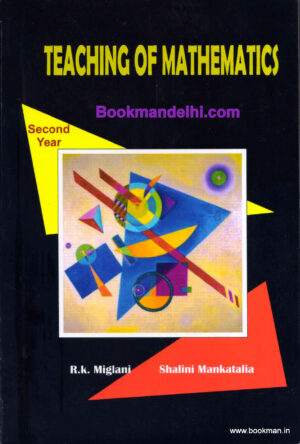Foreword
A UTTLE more than ten years ago, computers were introduced in schools in India under the project Computer Literacy and Studies in Schools (CLASS). Teachers were given special training. Children liked using the computer, although they were not given an attainment target. When the pilot phase of the project came to a close, almost two thousand six hundred schools had already been covered under the scheme. This was perhaps one of the host remarkable innovations in school education in India in recent times. The implementation of the project provided a unique experience, not only to the students and the teachers, but also to all those who managed it.
A pilot programme, however, cannot continue forever. The CLASS scheme has since been revised. The earlier scheme was based on the BBC microcomputer, with the objective of demystifying the use of information technology through hands-on experience of interacting with a wide range of software. The new scheme uses PCs. There is also a contextual change in the perception of computer literacy. The new curriculum for CLASS defines literacy as the ability to use the computer in real-life situations. When they leave schools, young adults should have basic functional abilities to work with the computer in a wide range of work-related situations, using generic software for database management, word processing and spreadsheet modelling.
Management of the scheme too has undergone a substantial change. Instead of the multi-agency involvement model of the pilot phase, CLASS activities in the new scheme will be conducted in schools by personnel employed by private computer training agencies engaged by the concerned State/Union Territory Governments. There will be no formal in-service training of teachers.
In order to make this decentralized approach to the scheme effective, it is important that some kind of standardization of the content and process of computer literacy be spelled out. This book is intended to serve that purpose. It gives necessary theory wherever required but builds up concepts largely around activities. It is expected that the book will help students attain mastery in using computers through these hands-on activities.
This book can also be used by pupils in the vocational stream. Training pupils to use application programs, which is a major purpose of this book, will help in acquisition of important skills and may even make them employable.
This book has the distinction of being conceived and produced in the shortest period of time. We were determined to give the students a textbook at the earliest.










Reviews
There are no reviews yet.